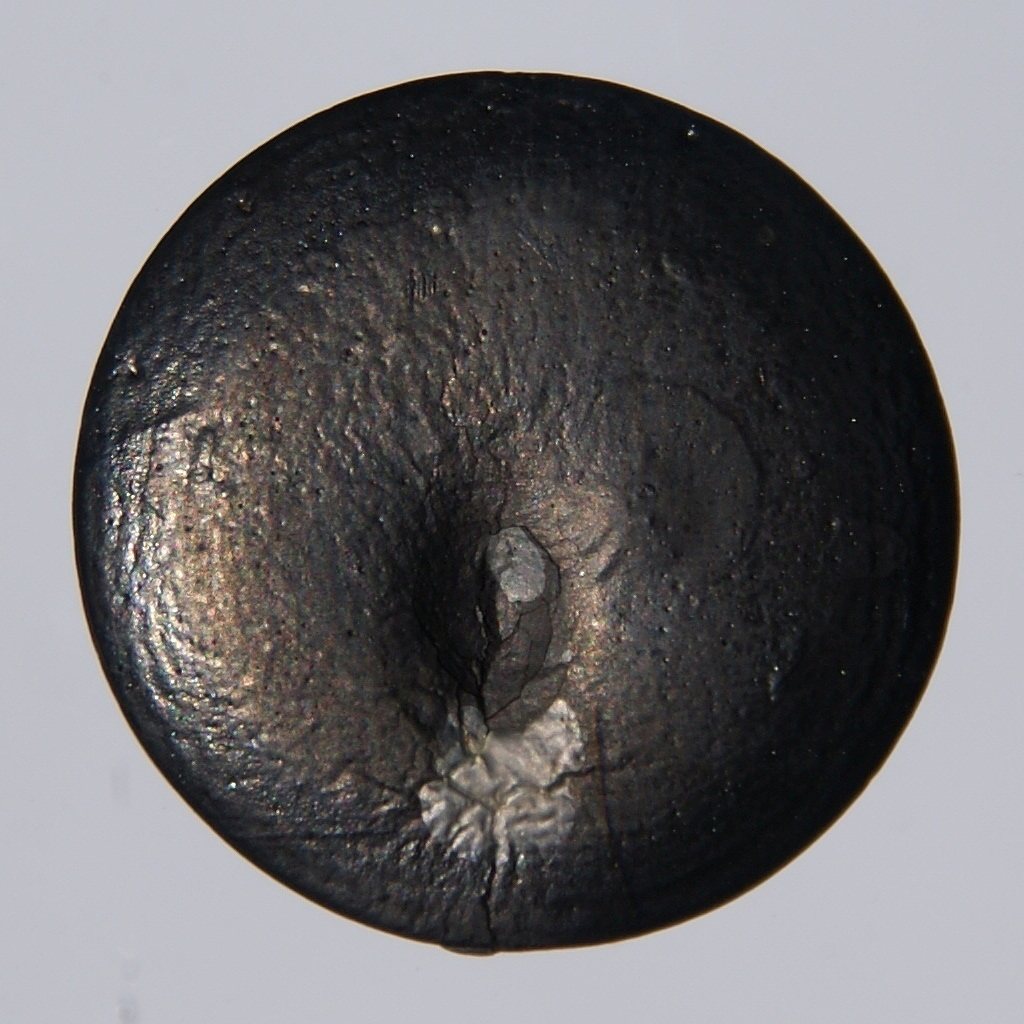Selenyum
34
Se
Grup
16
Periyot
4
Blok
p
Protonlar
Elektronlar
Nötronlar
34
34
45
Temel Özellikleri
Atom numarası
34
Atom ağırlığı
78,96
Kütle Numarası
79
Kategori
Diğer ametaller
Renk
Gri
Radyoaktif
Hayir
From the Greek word Selene, moon
Kristal yapısı
Basit monoklinik
Tarihi
Selenium was first observed in about the year 1300 by the alchemist Arnold of Villanova.
Selenium was discovered in 1817 by Jöns Jacob Berzelius and Johan Gottlieb Gahn who noted the similarity of the new element to the previously-known tellurium.
In 1873, Willoughby Smith found that the electrical resistance of grey selenium was dependent on the ambient light.
Selenium was discovered in 1817 by Jöns Jacob Berzelius and Johan Gottlieb Gahn who noted the similarity of the new element to the previously-known tellurium.
In 1873, Willoughby Smith found that the electrical resistance of grey selenium was dependent on the ambient light.
Enerji seviyesi başına Elektronlar
2, 8, 18, 6
Elektron dizilimi
[Ar] 3d10 4s2 4p4
Selenium deficiency in animals can lead to slow growth
Fiziksel Özellikleri
Faz
Katı
Yoğunluk
4,809 g/cm3
Ergime noktası
494,15 K | 221 °C | 429,8 °F
Kaynama noktası
958,15 K | 685 °C | 1265 °F
Ergime ısısı
5,4 kJ/mol
Buharlaşma ısısı
26 kJ/mol
Isı kapasitesi
0,321 J/g·K
Dünya kabuğundaki bulunulabilirliği
5×10-6%
Evrendeki bulunulabilirliği
3×10-6%

CAS Numarası
7782-49-2
PubChem CID Numarası
6326970
Atom Özellikleri
Atom yarıçapı
120 pm
Kovalent yarıçapı
120 pm
Elektronegatifliği
2,55 (Pauling ölçeği)
İyonlaşma enerjisi
9,7524 eV
Atomik Hacim
16,45 cm3/mol
Isıl iletkenlik
0,0204 W/cm·K
Yükseltgenme seviyeleri
-2, 2, 4, 6
Uygulamalar
Selenium is used in the glass industry to decolorize glass and to make red-colored glasses and enamels.
It is used as a catalyst in many chemical reactions.
It is also used as a photographic toner, and as an additive to stainless steel.
Selenium sulfide is used in anti-dandruff shampoos.
It is used as a catalyst in many chemical reactions.
It is also used as a photographic toner, and as an additive to stainless steel.
Selenium sulfide is used in anti-dandruff shampoos.
Many of selenium's compounds, such as selenates and selenites, are highly toxic
İzotoplar
Kararlı izotoplar
74Se, 76Se, 77Se, 78Se, 80SeKararsız izotoplar
65Se, 66Se, 67Se, 68Se, 69Se, 70Se, 71Se, 72Se, 73Se, 75Se, 79Se, 81Se, 82Se, 83Se, 84Se, 85Se, 86Se, 87Se, 88Se, 89Se, 90Se, 91Se, 92Se, 93Se, 94Se